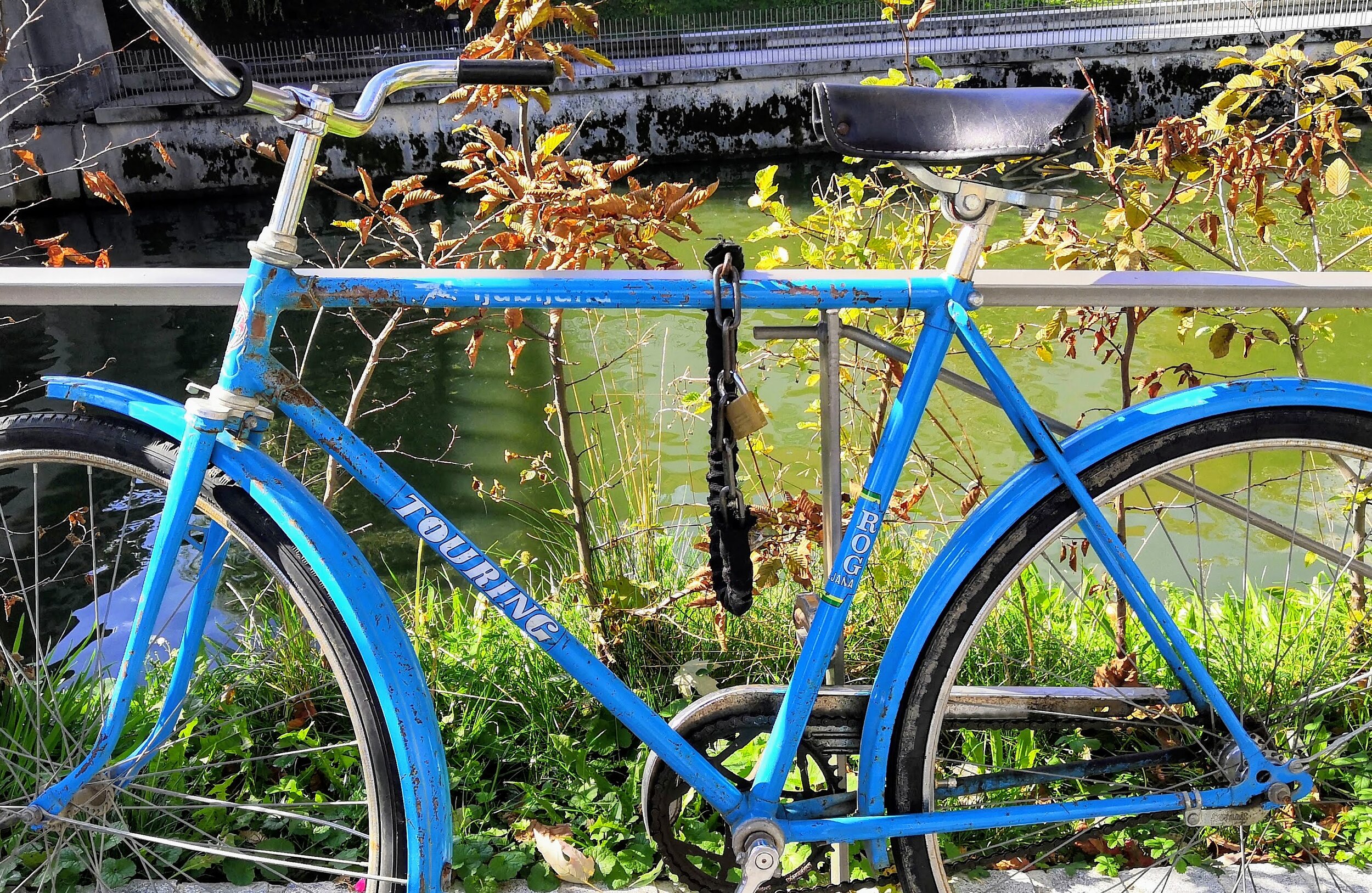My very first snowboard trip was to the tiny Pyrenean principality of Andorra when I was 18. It was the start of an ongoing affair with snow which inspired me to seek out mountains all around the world, from New Zealand to North Macedonia, Kashmir to Canada.
But that first trip was actually the climax of an interest which had begun several year priors. Growing up in rural England, we had no ski areas, no mountains and not much in the way of annual snowfall. But just behind the house I grew up in, we did have a small hill, and each winter, many days of sharp, frosty weather.
The Moonchild ‘Vanilla Ice’ Snowboard
So, my friends, my brothers and I invented the ‘sport’ of frost boarding. Experimenting with skateboard decks and homemade binding straps, we would try to ride the short, frozen hill on frosty weekends. The flattened grass was packed piste; unridden blades were powder, and the frozen mole hills were kickers.
Our DIY frost boards were almost impossible to control; the main goal was to reach the bottom still standing (a feat rarely achieved), but for a group of snow and mountain starved kids in middle England, it was the closest we would get to real snowboarding for some years.
Slovenia on the other hand, has quite a pedigree when it comes to snow sports; it has mountains galore, dozens of ski areas, and plenty of snow each winter. But when I discovered there was a small company in Slovenia making highly unusual snowboards, the DIY ethic and unique shapes instantly appealed to me. And thus earlier this year I spoke with Jure Sodja – Co-owner and Chief Mad Professor of Moonchild Snowboards - surely the most interesting snowboard maker in Europe.
Jure - Chief Mad Professor of Moonchild Snowboards, Slovenia
I’m not coming home: the avalanche
Like almost all Slovenes that I have met, Jure grew up on skis. Living close to Kranjska Gora, a renowned Slovenian ski area, Jure spent his winters racing. But in his teens he discovered the then growing sport of snowboarding.
Jure was snagged by snowboarding and began riding mountains all around Slovenia, often hiking out of bounds to get fresh lines. But in 2006 he trigged an avalanche that almost took his life.
“I had hiked a little way from the piste in Vogel with a friend to ride some fresh powder. It was more than 50 cm deep. It was before most people wore transceivers or did any backcountry saftey assessment. We couldn't see if there were rocks below so my friend made a detour and shouted to me from the bottom that the line was sick. I dropped in. When I reached the narrow section, the whole mountain tore off.”
“I tried to escape the avalanche but it was impossible. When I looked back I saw a wave-like tsunami and started shouting for help and swimming. The huge wave of snow buried me alive, upside down. Everything was quiet. I couldn't believe it happened to me. I thought avalanches only happened on the discovery channel. I thought ‘this is it’, I am not coming home. It is over. It was the most intense feeling in my life.”
“As I had been turned upside down, three centimetres of my snowboard’s tail was sticking above the surface. When all the dust settled, my friend spotted the tip of my tail and started frantically digging me out. It was the second most intense moment in my life when I felt him touch me. It was pure happiness. He dug me out with his bare hands. The avalanche covered the entire ski slope. We told the lifty that we saw a big avalanche and that nobody was buried. We went straight home.”
The friend that saved Jure’s life that day was Marco Grilc, who went on to become a globally known professional snowboarder, sponsored by Burton.
The line that very nearly killed Jure - near Vogel ski area, Slovenia
Building Blocks
Perhaps tempered by his near death experience but still obsessed with snowboarding, Jure was inspired by the radical creations of an American board-builder and turned his mind to making snowboards as well as riding them.
“The reason I am building boards now is because of a guy called Corey Smith who amongst other things runs Spring Break Snowboards. He started building very experimental powder snowboards out of plywood and testing them with his friends on local hills in the US. It was more of an art project to start off with, but through all his experimentation, he discovered some really cool new designs.”
Indeed, Spring Break Snowboards have some pretty interesting designs (I particularly like the look and sound of their Ultralight Powder Displacment Snowcraft).
“I really wanted to start making my own boards so I spent a lot of time reading snowboard-builders’ forums online to get some knowledge. Soon after that, I got an opportunity to work at Elan Snowboards in their R&D department. I thought it would be my dream job. But I quit after one month. I had loads of ideas for new shapes I wanted to build, and I realised I wouldn’t have that freedom if I stayed at Elan.”
The Moonchild icecream cone
To date, Jure has designed and built 45 different snowboard shapes. From the kitchen-inspired ‘spatula’ to the ‘ice cream cone’ (an idea he got from his niece), to the ‘lolly pop’, ‘batman’ and ‘torpedo’. Jure never builds the same shape twice (unless it’s a production model) and therefore has amassed an incredible collection of experimental snowboard shapes. In an age where snowboards built by mainstream brands are - by and large - ubiquitous, I ask Jure where he gets his ideas from.
Jure never makes the same snowboard twice. Here are 50 of his designs.
“I look outside of the snowboard industry for inspiration. Because if I look at other snowboards, I will make snowboards like everybody else's. So I find my ideas in other places; the kitchen, aircraft, food. The spatula board for example; I thought a lot about the physics of deep snow and how a board rides that snow, because you want the tail to sink in the powder and nose to float on top which makes it easier to ride powder.”
“I wanted to do something unique; I didn't want to copy shapes that had already been done, so I made holes in the nose to see what would happen. It rides pretty well and it looks kind of cool to have the snow spurting up and out from the holes – although it does get your boot covered in snow!”
The Moonchild 'Spatula’ a one-of-a-kind creation
Jure’s near death avalanche experience has given him a very healthy respect for mountains and when he tests his snowboard creations, he sticks to safe terrain.
“These days I test more on the hills, rather than big mountains. I'm pretty afraid of avalanches.”
Of course, what a Slovene calls a hill, a Brit would could a mountain. As evidenced by the fact that Jure’s favourite testing ground is Dobratsch, a ‘hill’ of ’just’ 2166m, which lies close to his home town of Jesenice.
Dobratsch was once a life-serviced ski area but concerns over the water supply for nearby town of Villach led to the closure of the ski area in the late ‘90s and it was transformed into a protected nature park. However, the former ski runs that cut through the forest are still clear of trees, making it the perfect test lab for Jure’s Moodchild shapes.
It takes Jure around 30 hours to make one board and his thirst to try out bizarre shapes keeps him busy. Production is split into three areas; the one of a kind snowboards, which are pure experimentation. Custom-built boards which he makes specially to order. And the Moonchild production series which are a culmination of all the best aspects of boards from all of the testing, made in larger numbers at an affordable price. But when it comes to the business of selling snowboards, Jure acknowledges it’s a tough game.
“Building one of a kind snowboards is unprofitable. But the experiences gained through the process are priceless. I don't want to make snowboards that are the same shape as every other board because that would be boring for me.”
“I want to make every shape unique and experiment but I also realise that not a lot of people want to buy expensive snowboards. So we have experimental, one off productions, alongside production boards that are manufactured in larger volumes.”
Sanni Oksanen with a special Moonchild board in her native Lapland
Like most manufacturing business, the more items you make, the cheaper they become. And when you’re a small company, making one-offs or low volume runs, the costs are quite high.
“My dream would be to make a living with Moonchild Snowboards someday. I want to help the snowboard industry evolve with my shapes. And I have plenty more ideas for future designs which I want to develop in the next few years.”
The Moonchild Vikiing
For some years, I not only read the snowboard media, but I wrote for several magazines. Nowawdays, I’m less in touch with the latest developments, but from what I see on the slopes, the standard snowboard shape has changed little; it’s still the twin-tip ‘pill’ that’s pretty much been the standard deck for the last 20 years. So it’s highly refreshing to see people like Jure explore more radical ideas with Moonchild Snowboards.
I love what Moonchild are doing and I love the look of the boards. If you’re looking for a high-quality, handmade snowboard (or one of their small-run factory-made boards) that look truly different and beautiful, look no futher.
My next snowboard will be a Moonchild.
All images by Moonchild Snowboards. There could be a BREG Design X Moonchild T-shirt collab in the offing. Until then - check out my current Slovenian-flavoured T-shirt designs here.

















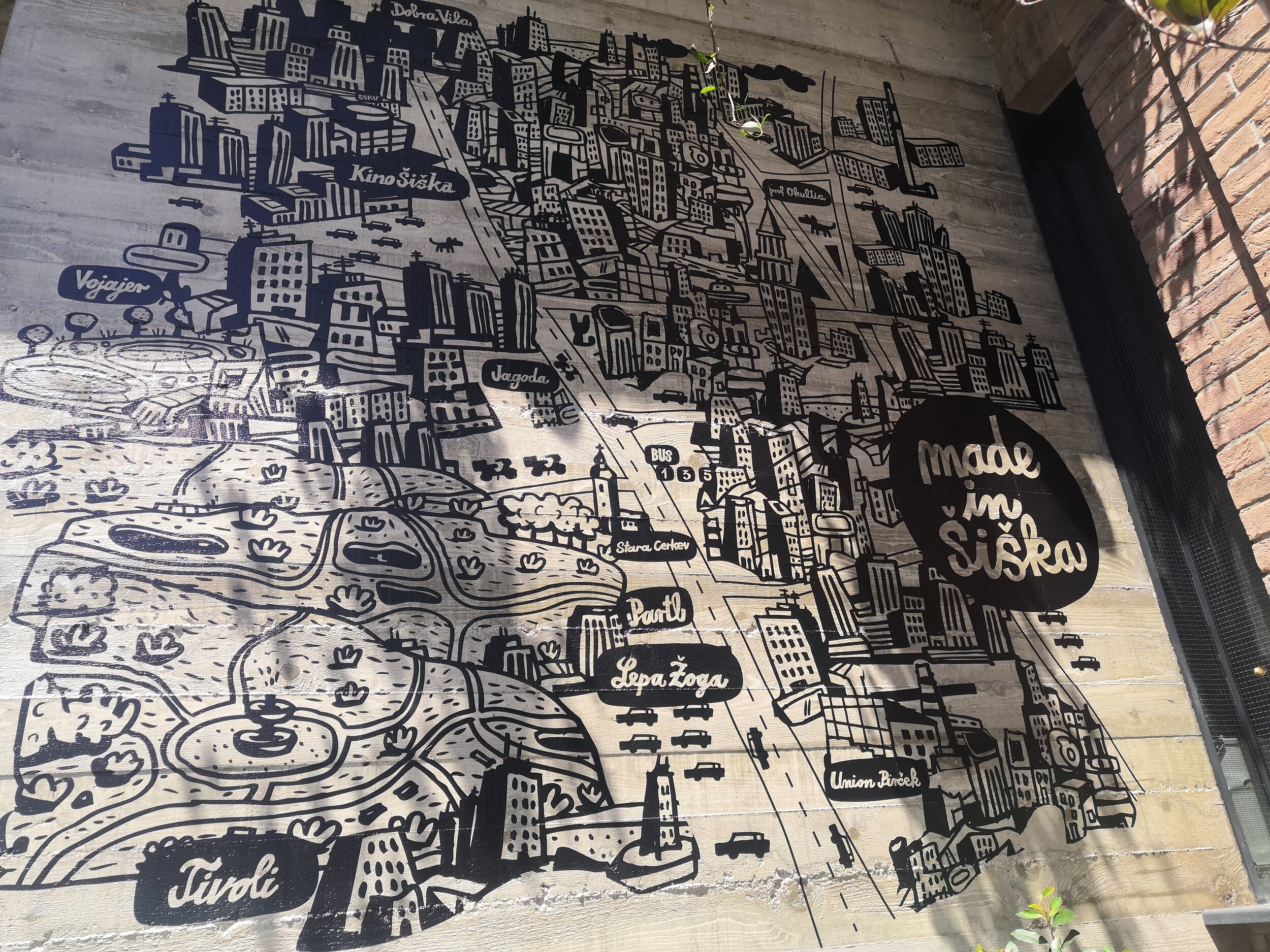









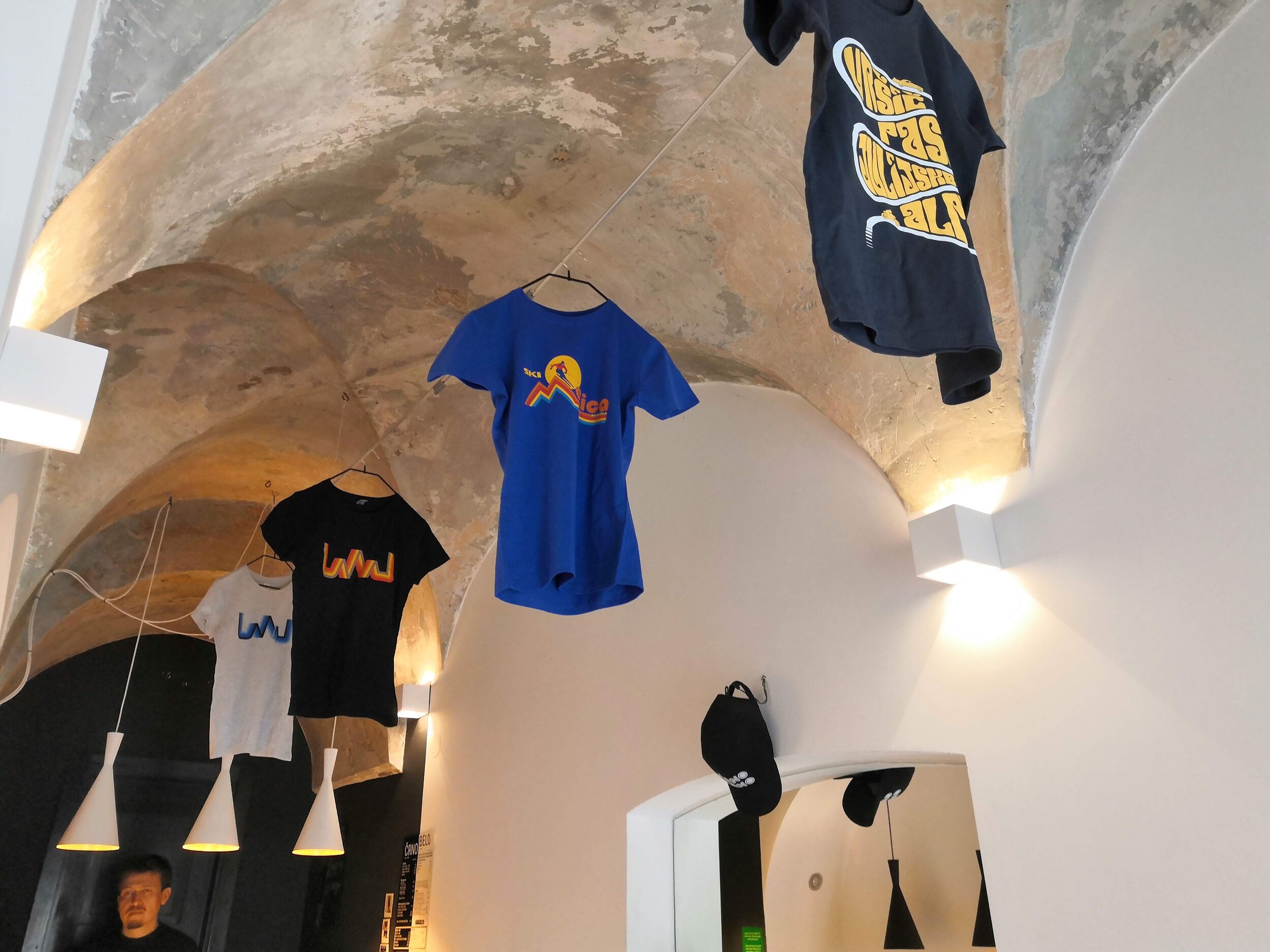
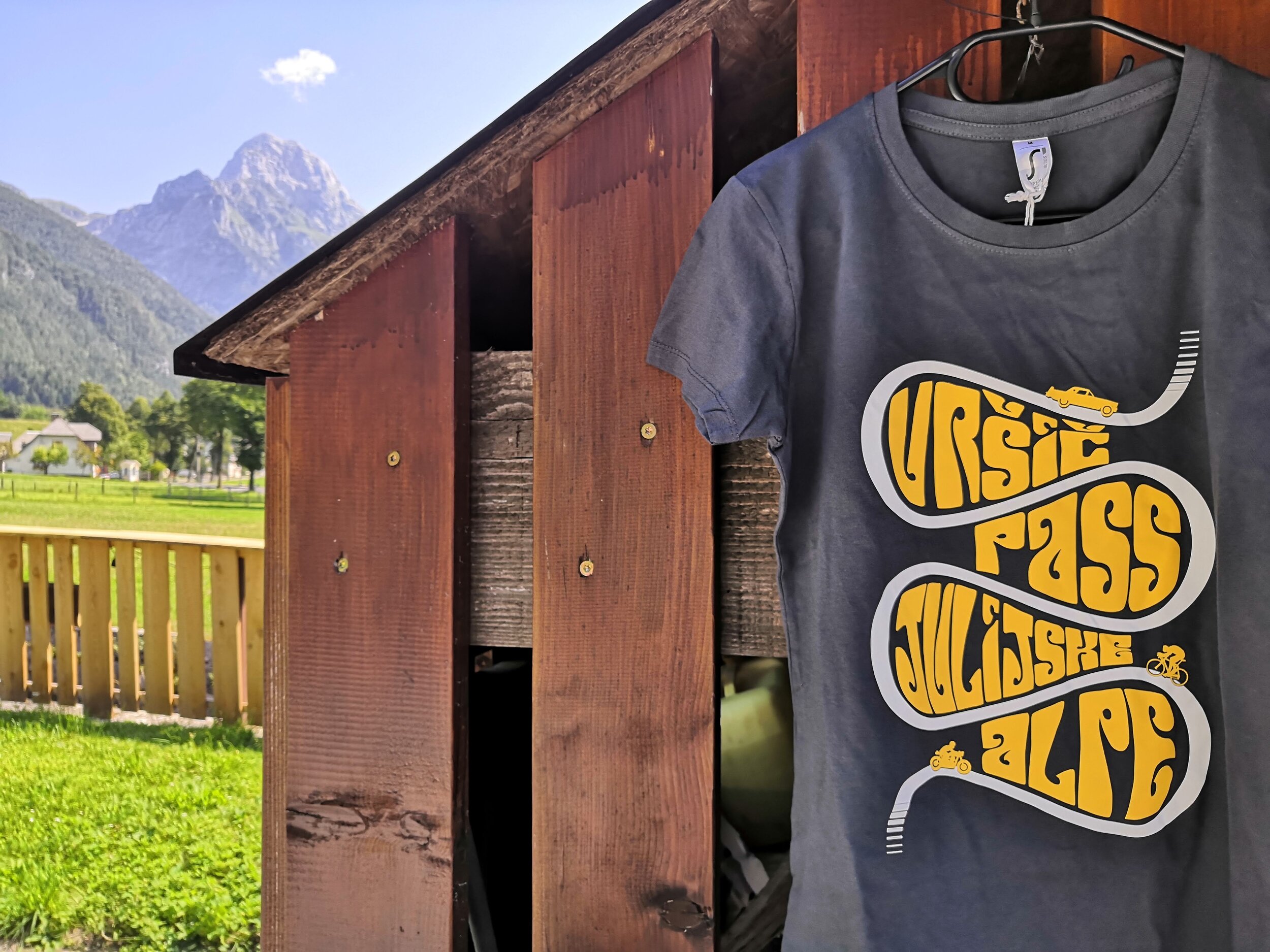
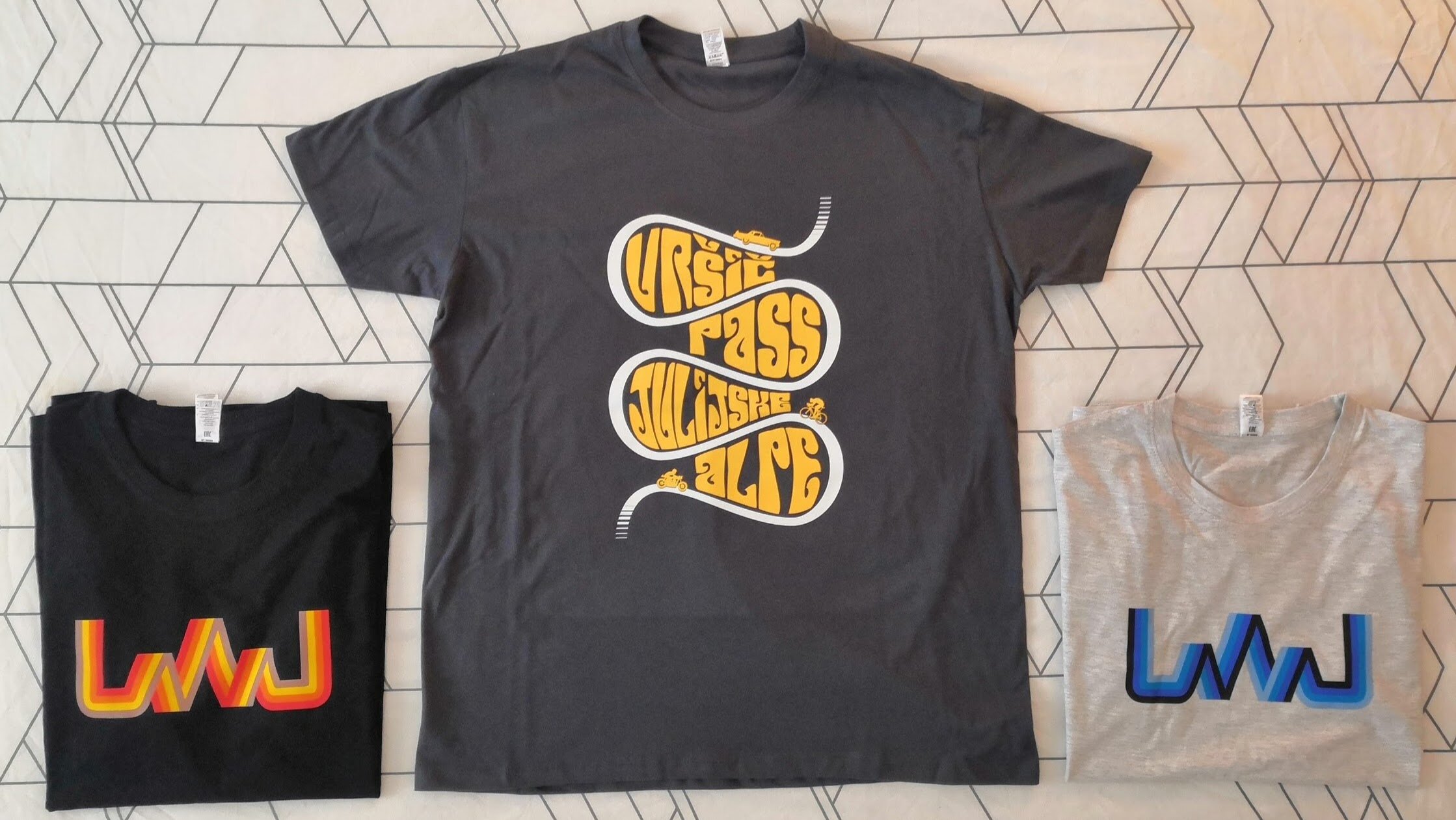
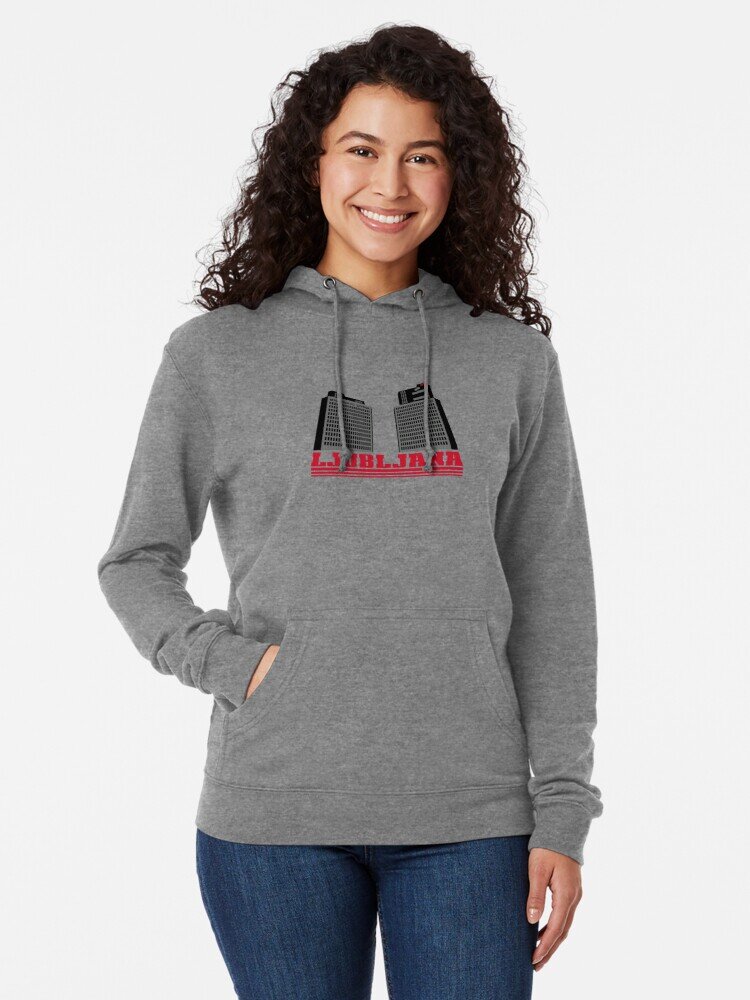
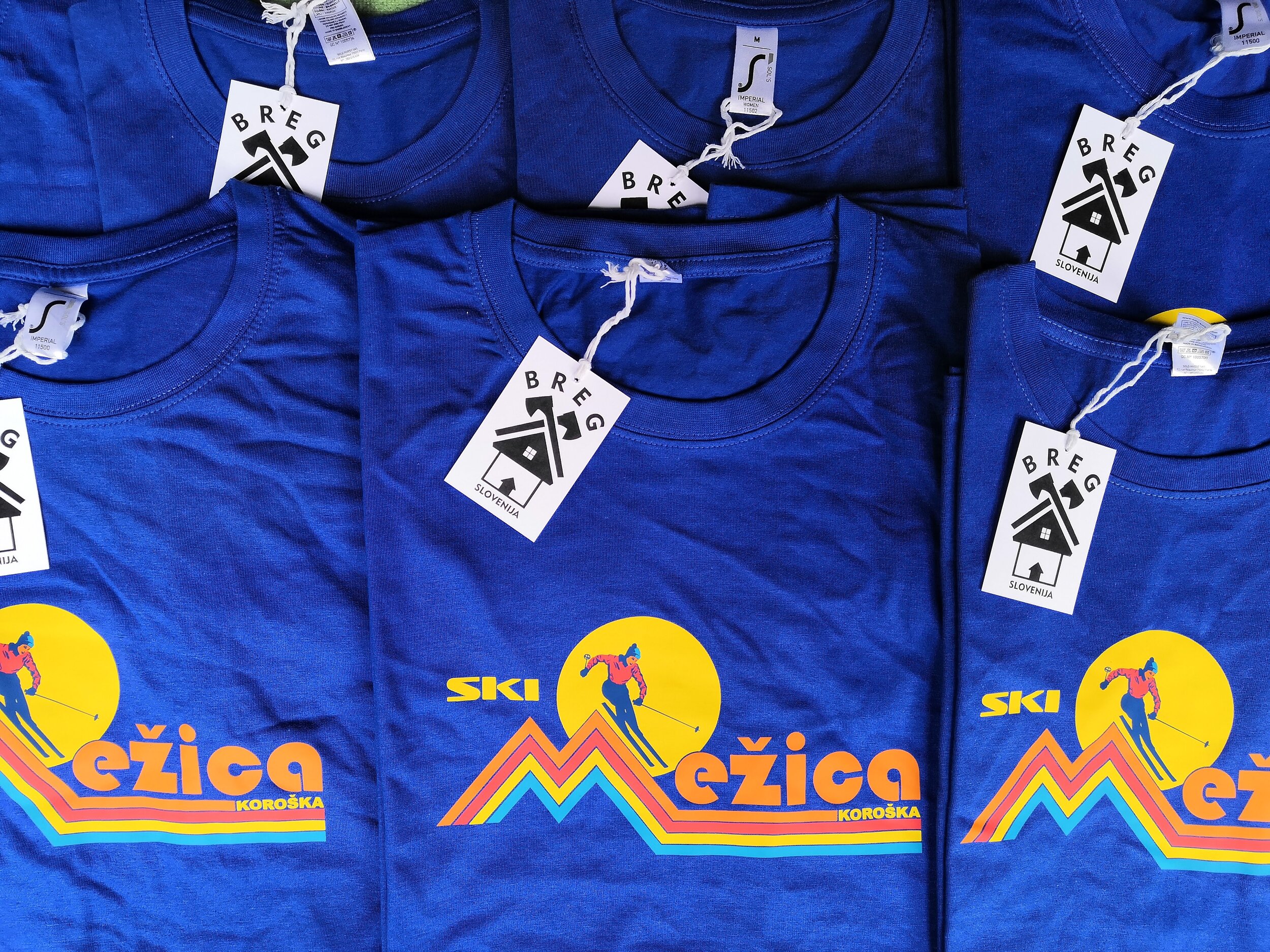
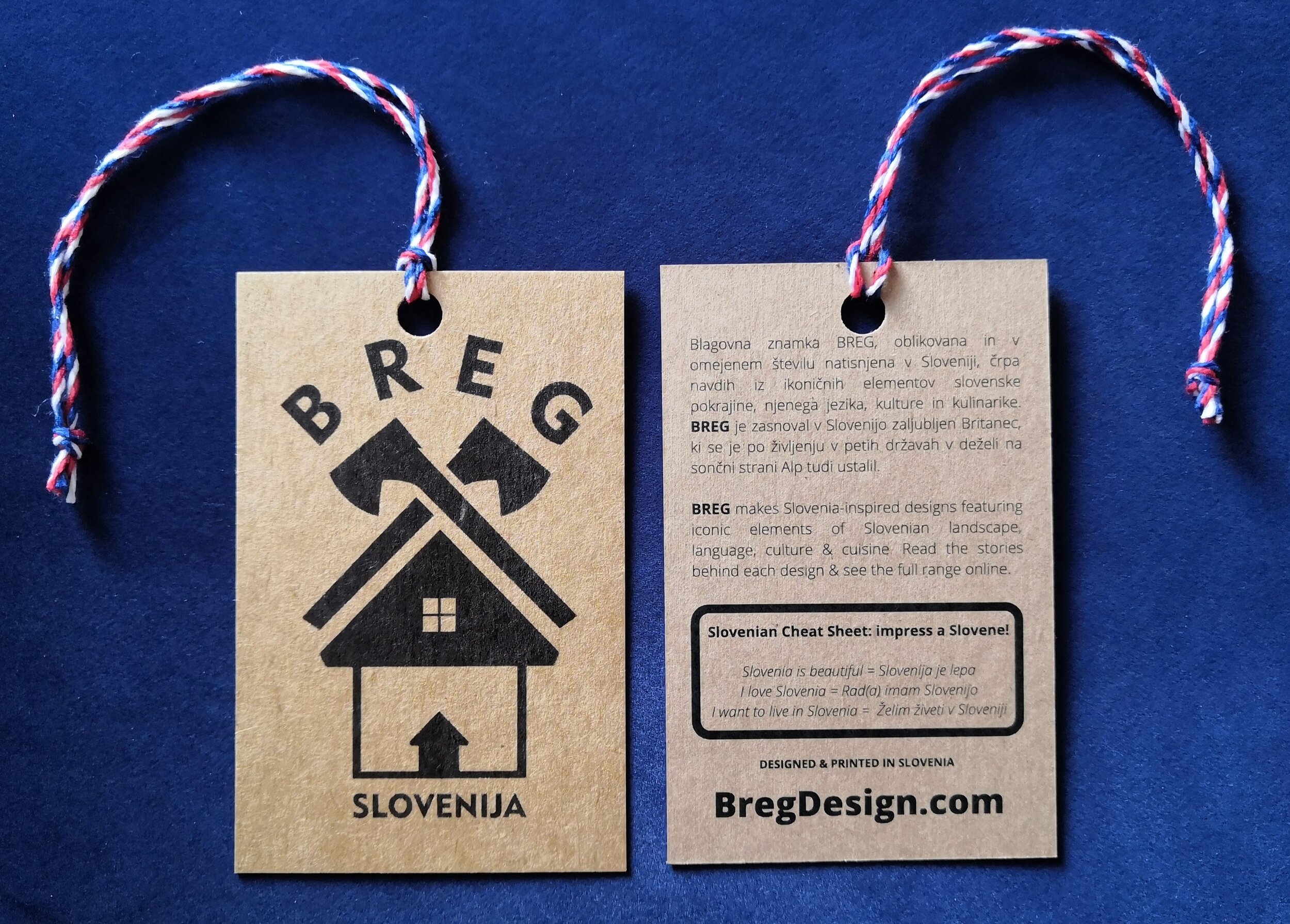






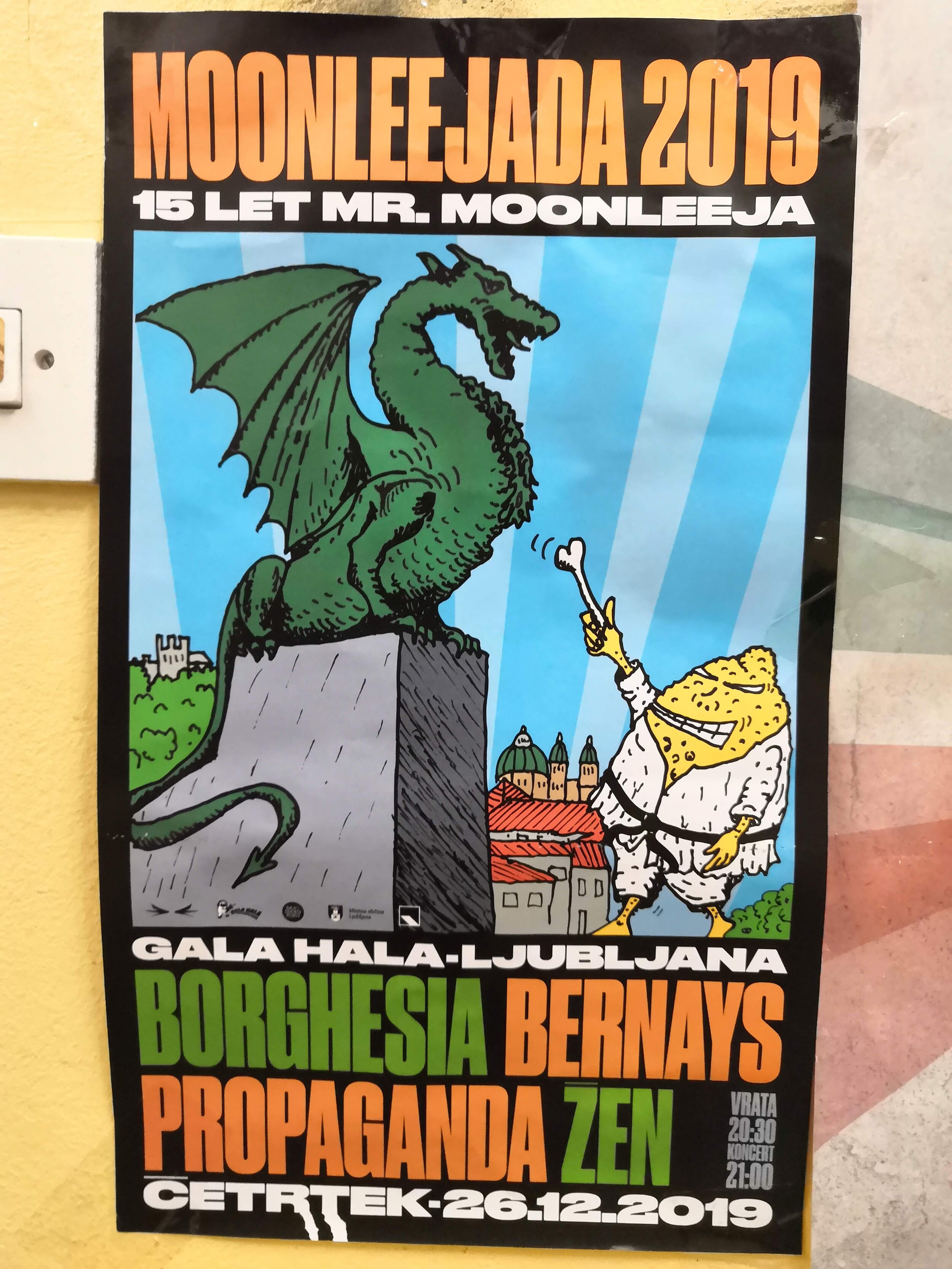
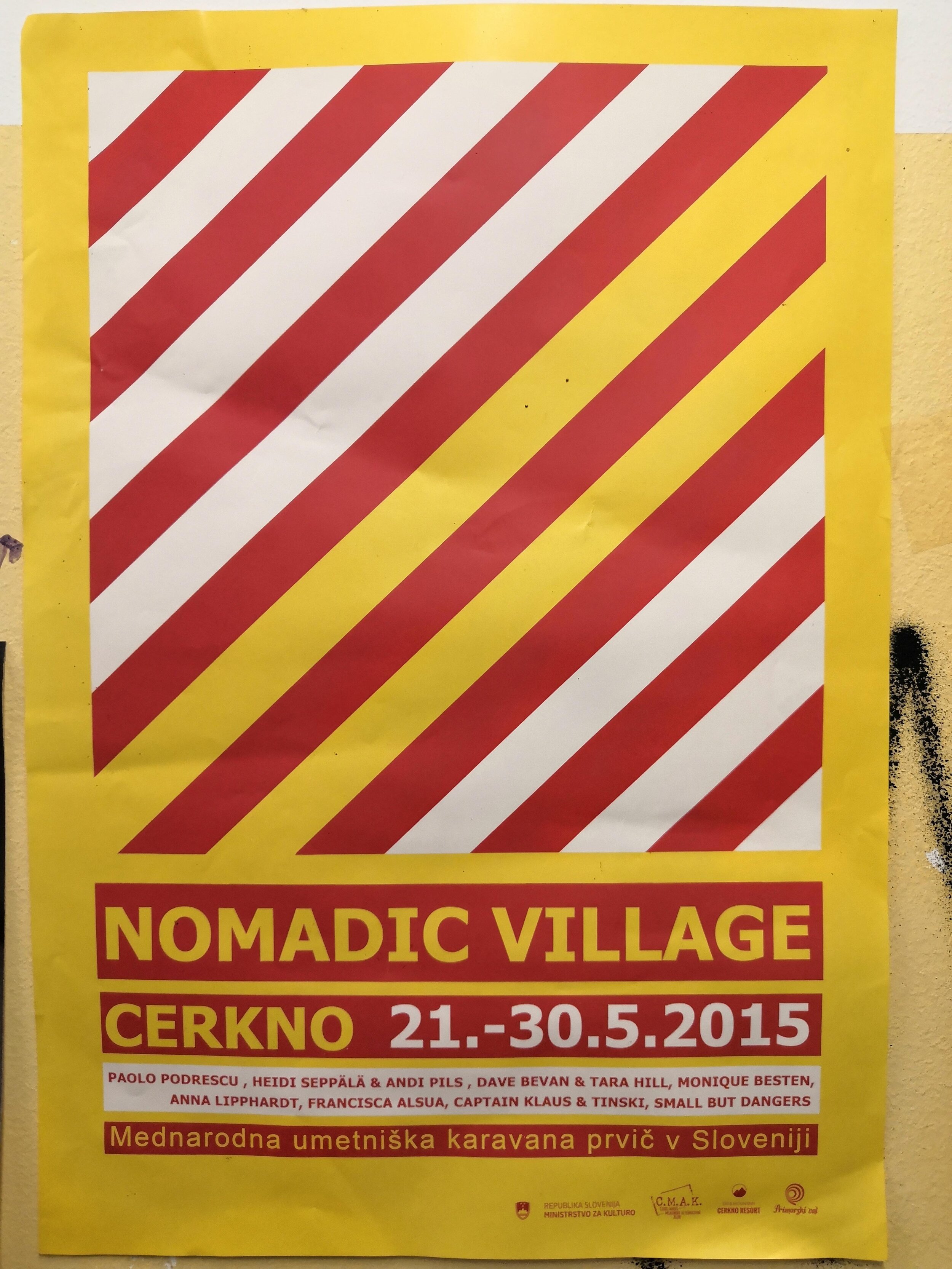
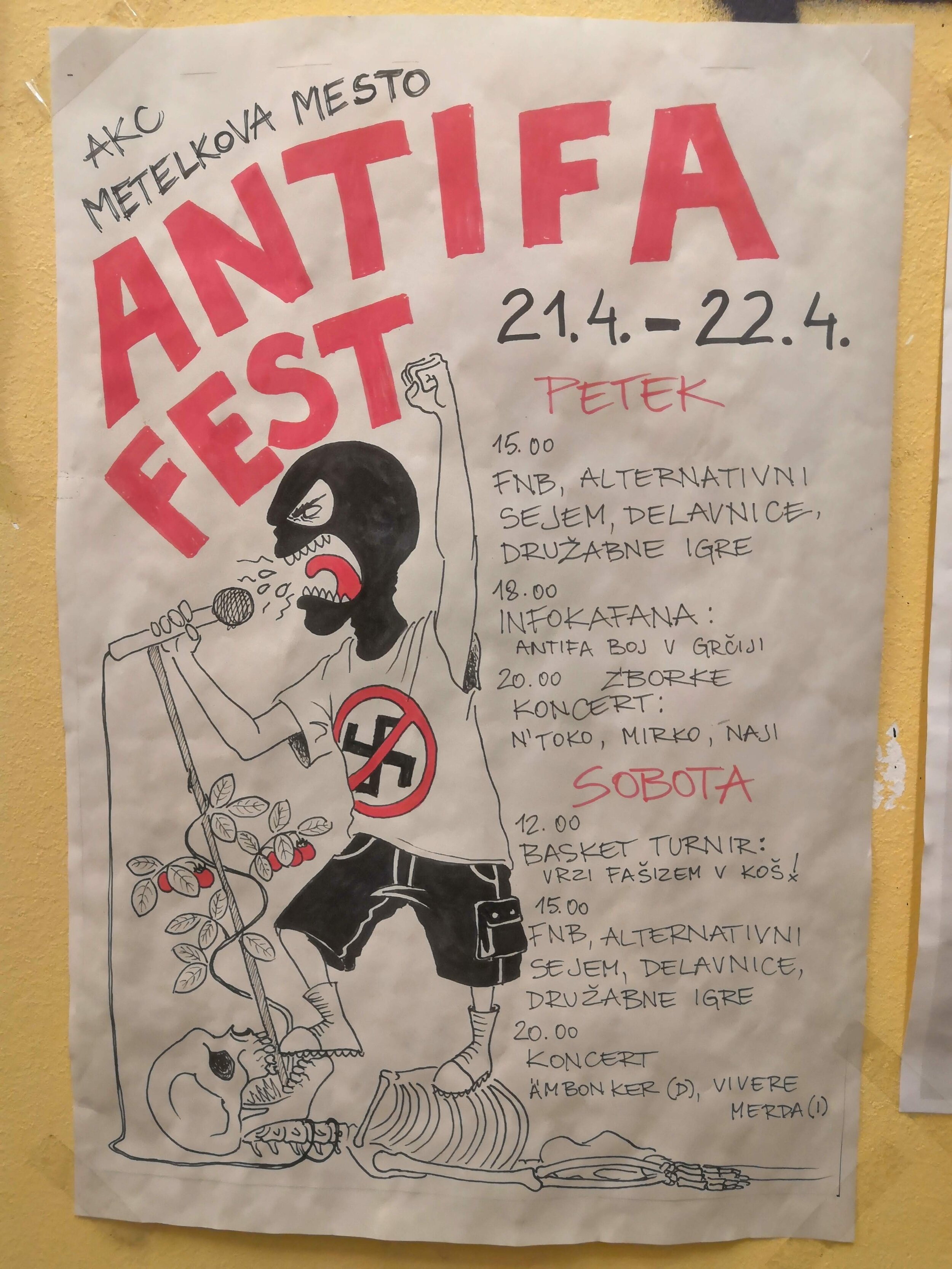
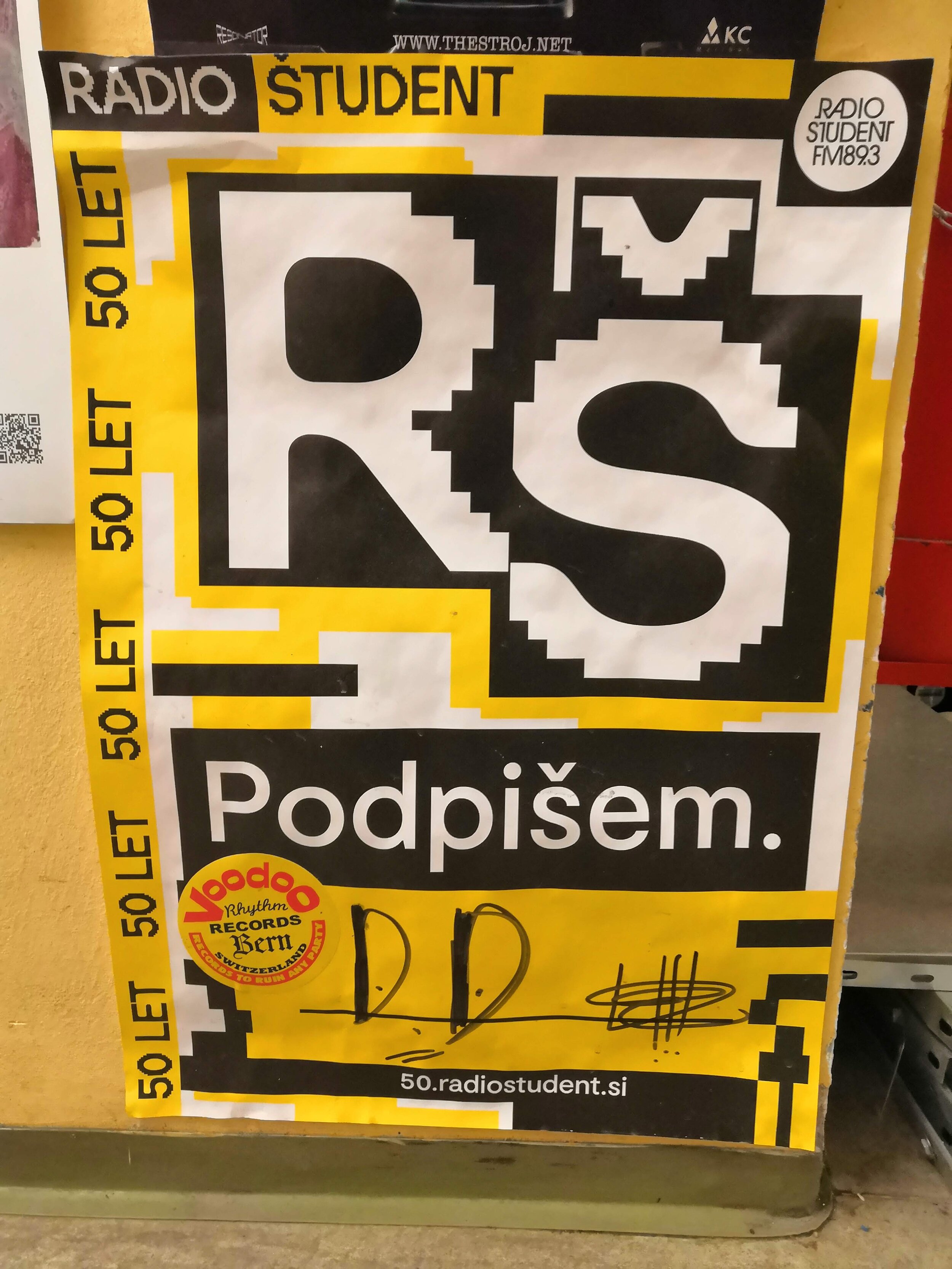
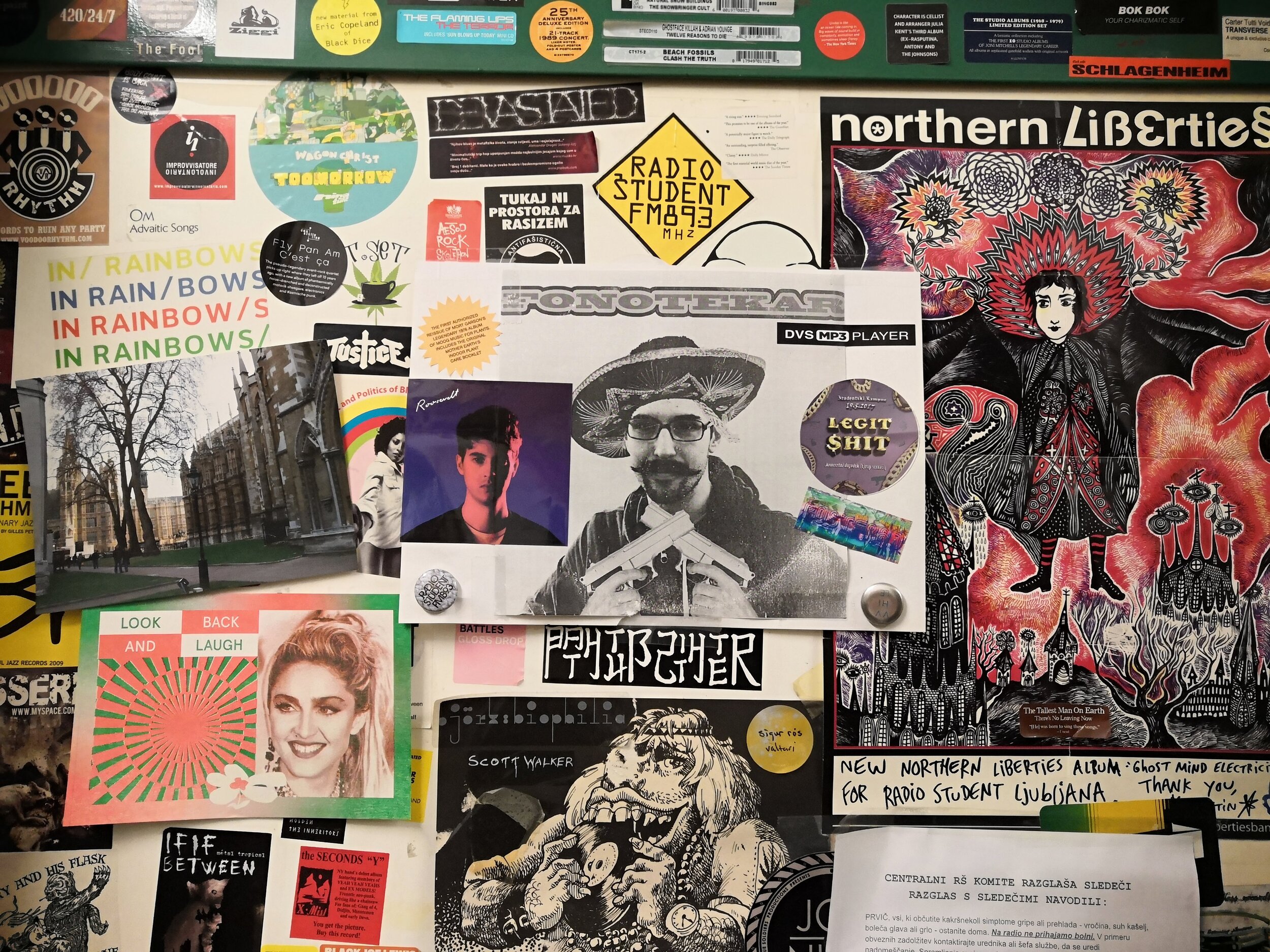
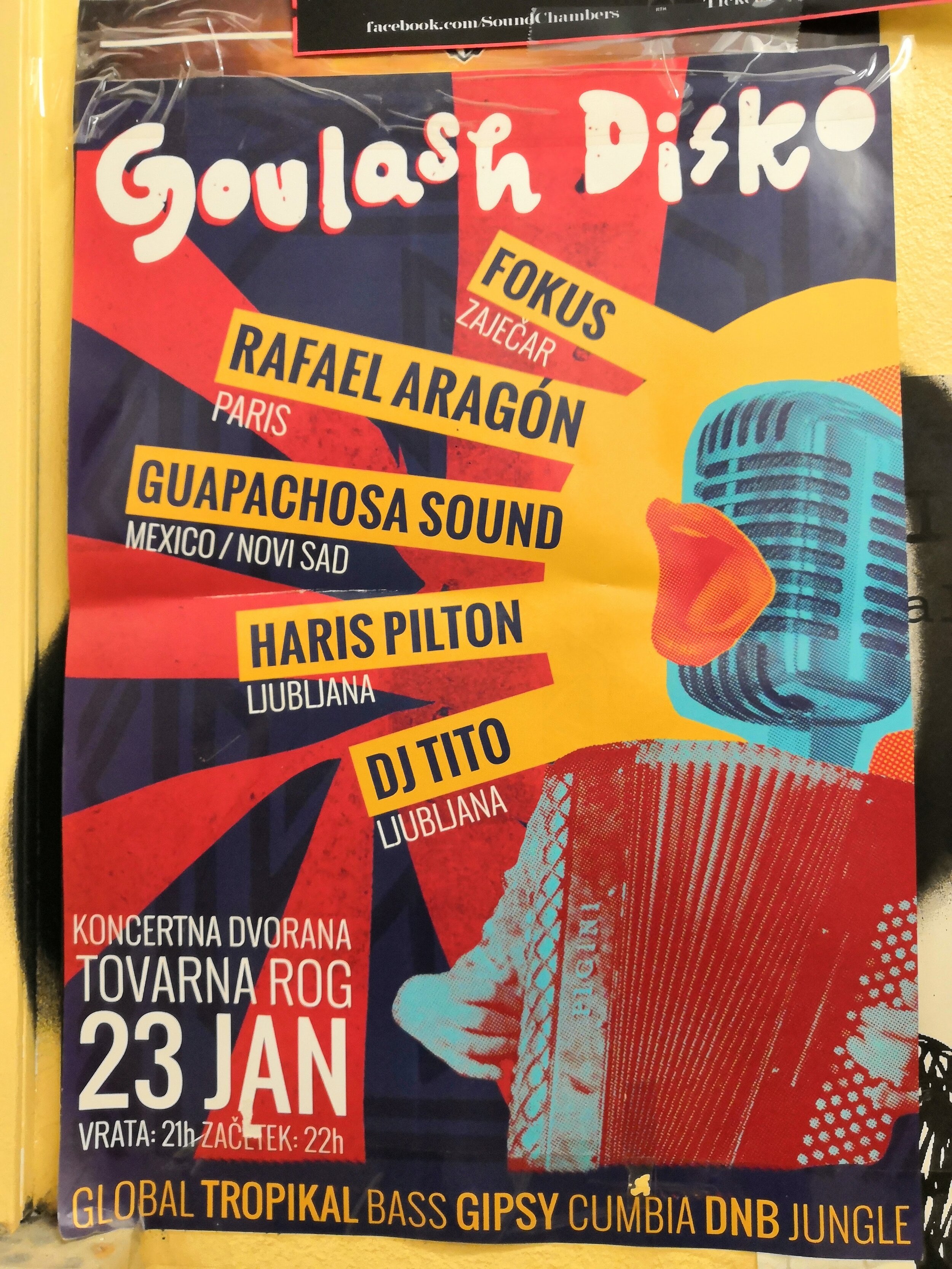




![Read more about the Human [Tinned] Fish t-shirt here](https://images.squarespace-cdn.com/content/v1/5dc6ed48d80f812cda764454/1590047950452-T89SAH0R2W3WGZ5JXRIC/Human_Tinned_Fish_Breg.jpg)




